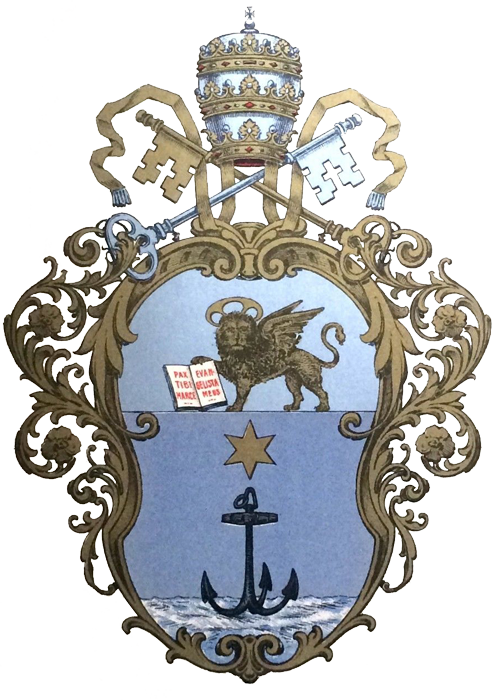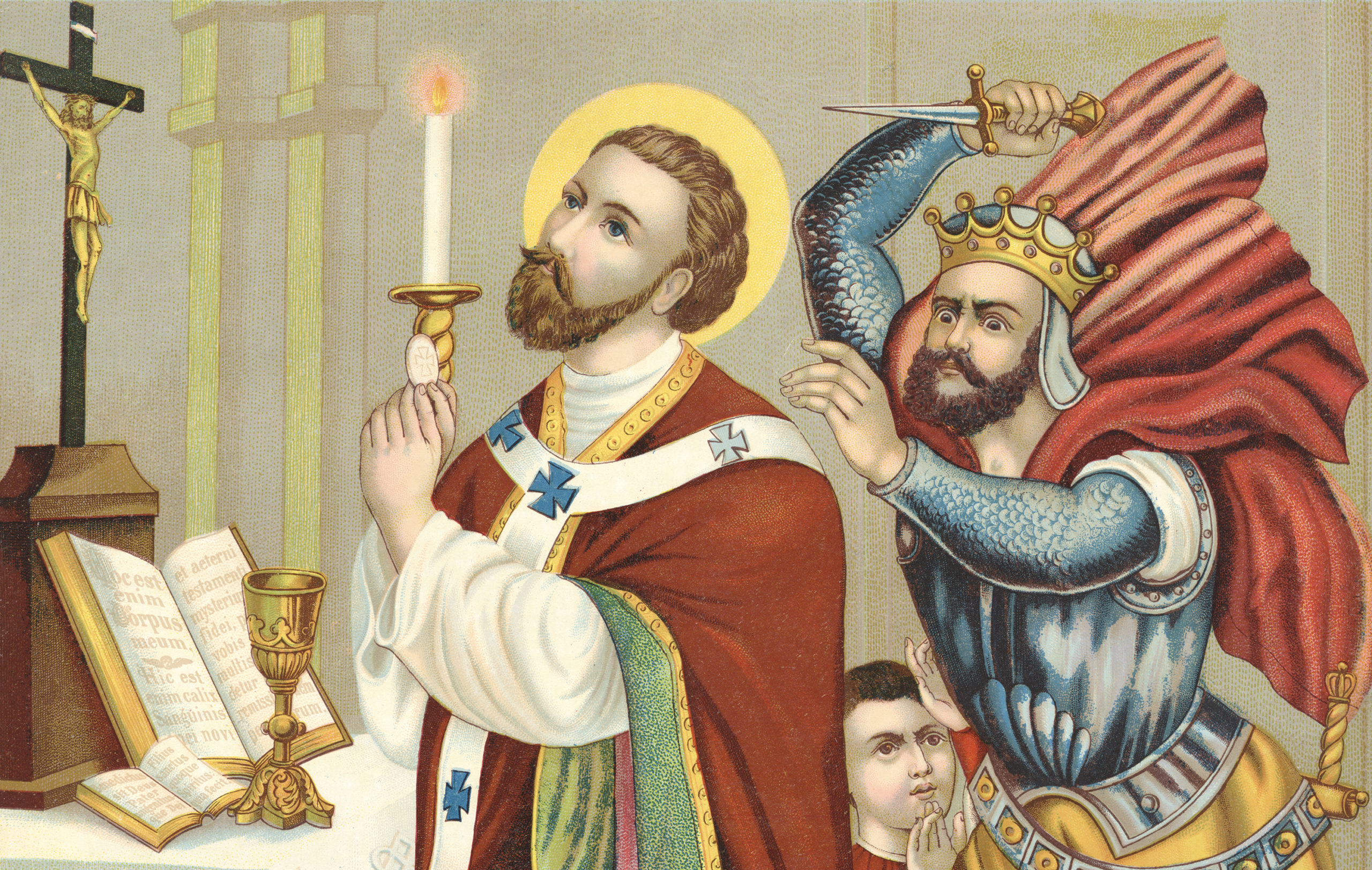Praised be Jesus Christ and Our Lady, Queen of Poland!
Saint Stanislaw. Bishop and Martyr is the main Patron of Poland, so he should be a special example for us. His earthly pilgrimage began in Szczepanow between Brzesko and Tarnow, so he came from the Krakow Land. He came from a noble family which, however, was childless. Thanks to long and persistent prayers, Bogna gave birth to a boy named Stanislaw. Dedicated to the service of the Church, he studied in Krakow and Paris. In 1072, when he was 42, he was elected bishop of Krakow after the deceased Lambert.
Saint Stanislaw was firmly on the side of Pope St. Gregory VII, and against Emperor Henry IV. This meant support for Gregorian reforms, i.e. the fight against investiture (granting church dignity by secular authorities) and Nicolaitism (marriage of priests). Saint Stanislaw also recognized that state authorities should obey God’s rules in public life. Hence the conflict with King Boleslaw the Bold, who punished his knights excessively for disobedience.
Saint Stanislaw stood up for justice and denounced the king’s public immorality and cruelty. He met him for this. When he celebrated Mass in the church of St. Michael the Archangel on Skalka, he was attacked by royal servants, but they did not manage to kill the saint. Only the Anointed One of God, King Boleslaw the Generous, killed the king with a blow to the back of the head. This happened in the year of our Lord 1079.
After he was killed, the saint’s body was dismembered (but not dismembered) and scattered, but the birds gathered them together. The king paid a terrible price for this murder. There was a rebellion against him and he had to flee the country. He died in exile in Croatia, repenting for his deed.
In 1253, Pope Innocent IV made St. Stanislaw to the glory of the altars, infallibly canonizing him on September 17 in the Basilica of St. Francis of Assisi.
A beautiful tradition of Polish kings was a pilgrimage to the tomb of St. Stanislav right after the coronation as a sign of penance for the sin of his predecessor. The only king who did not do it right after the coronation was Stanislaw August Poniatowski. Only after some time did he correct his mistake, but it did not do much good – the king abdicated in 1795, which meant the end of old Poland. After over eight hundred years of existence, the Polish nation lost its state independence.
Before that happened, in 1765 the Holy See allowed the Polish-Lithuanian Commonwealth (as the first country in the world) to celebrate the Sacred Heart of Jesus in all churches. This year we are also celebrating the 100th anniversary of the consecration of Poland to the Sacred Heart of Jesus in the Maly Rynek in Krakow. It is worth remembering this, especially in June when this consecration was made.
This month, however, let us pray every day with the Loreto litany along with the call of the Queen of Poland (this call was introduced to the litany in Poland by Pope Benedict XV in January 1920) so that our Lady would have mercy on the tormented Polish nation and all humanity.
With a priestly blessing, Fr. Rafał Trytek ICR
Bulletin of St. Maria Goretti devotees
Number 5 (15) May 2021



